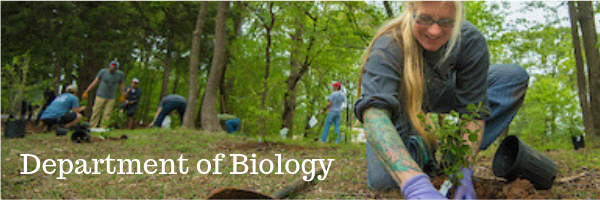
Faculty and Student Publications
Document Type
Article
Publication Date
1-1-2022
Abstract
Levels of ultraviolet (UV) radiation have increased in many parts of the world due to the anthropogenic destruction of the ozone layer. UV radiation is a potent immunosuppressant and can increase the susceptibility of animal hosts to pathogens. UV radiation can directly alter immune function via immunosuppression and photoimmunotolerance; however, UV may also influence pathogen defences by affecting the distribution of energy resources among competing physiological processes. Both defence against UV damage and repair of incurred damage, as well as the maintenance of immune defences and responding to an immune challenge, are energetically expensive. These competing demands for finite energy resources could trade off against one another, resulting in sub-optimal performance in one or both processes. We examined the potential for a disease-related energy trade-off in green tree frog (Litoria caerulea) larvae. Larvae were reared under high- or low-UV conditions for 12 weeks during which time we measured growth rates, metabolic rate and susceptibility to the amphibian fungal pathogen, Batrachochytrium dendrobatidis (Bd). We found that larvae exposed to high levels of UV radiation had higher rates of energy expenditure than those exposed to low UV levels; however, UV exposure did not affect growth rates or developmental timings. Larvae exposed to high UV radiation also experienced greater Bd infection rates and carried a higher infection burden than those not exposed to elevated UV radiation. We propose that the increased energetic costs of responding to UV radiation were traded off against immune defences to protect larval growth rates. These findings have important implications for the aetiology of some Bd-associated amphibian declines, particularly in montane environments where Bd infections are most severe and where UV levels are highest.
Relational Format
journal article
Recommended Citation
Cramp, R. L., Ohmer, M. E. B., & Franklin, C. E. (2022). UV exposure causes energy trade-offs leading to increased chytrid fungus susceptibility in green tree frog larvae. Conservation Physiology, 10(1), coac038. https://doi.org/10.1093/conphys/coac038
DOI
10.1093/conphys/coac038
Accessibility Status
Searchable text

